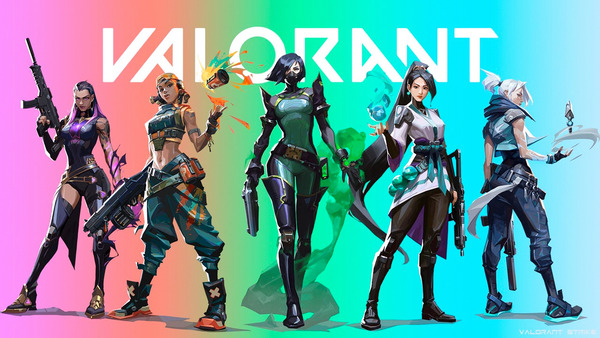Call of Duty: A Legacy of War, Innovation, and Global Impact
Introduction Few franchises have had the cultural, technological, and competitive impact that Call of Duty has made in the gaming world. Since its inception in 2003, the series has grown from a World War II shooter to a multimedia juggernaut spanning decades of warfare, advanced tech, and immersive storytelling. With over a dozen mainline releases and numerous spin-offs, Call of Duty continues to redefine expectations for first-person shooters across both single-player campaigns and multiplayer arenas. This article explores the evolution, mechanics, standout entries, innovations, pros, cons, and community that fuel the enduring success of this gaming phenomenon.1. The Beginning of Call of Duty: World War II Realism
The original Call of Duty launched in 2003 by Infinity Ward, focused on delivering a realistic World War II experience. Unlike other shooters at the time, the game emphasized squad-based mechanics, immersive sound design, and scripted sequences to simulate the chaos of battle. Notably, the game won widespread acclaim for its cinematic feel and historical accuracy. This early dedication to authenticity helped Call of Duty establish itself as a serious player in a crowded genre.2. Expanding Fronts: Call of Duty 2 and 3
The success of the first game prompted quick sequels. Call of Duty 2 expanded on the formula with better graphics, larger battles, and more varied locations. Meanwhile, Call of Duty 3 introduced new mechanics such as melee combat and vehicle missions. Though Call of Duty 3 was exclusive to consoles, it demonstrated the series’ growing flexibility and ambition. By this point, the franchise had become synonymous with premium first-person shooting experiences.3. A New Era: Call of Duty 4: Modern Warfare
CoD 4: Modern Warfare marked a major shift in the franchise. Set in the contemporary era, it moved away from historical wars to a modern geopolitical conflict. The game’s gripping story, iconic characters like Captain Price, and revolutionary multiplayer mode redefined what players expected. Its introduction of features like killstreaks, weapon customization, and prestige leveling system turned online matches into highly competitive, replayable experiences.4. The Rise of Competitive Multiplayer and Esports
Following Modern Warfare’s success, CoD became a leader in the multiplayer shooter space. Titles like Black Ops and Modern Warfare 2 expanded customization, perks, and tactical gameplay. By the early 2010s, Call of Duty tournaments were drawing millions of viewers. The Call of Duty League (CDL), established in 2020, formalized its place in esports. With structured seasons, city-based teams, and prize pools, Call of Duty became more than a game—it became a professional sport.5. Campaign Storytelling and Cinematic Influence
Though many fans focus on multiplayer, the CoD campaigns have also delivered standout moments. Games like Modern Warfare 2, Black Ops, and Advanced Warfare feature thrilling narratives, Hollywood-level set pieces, and emotional depth. Innovations such as branching narratives, motion-captured performances, and real-world political themes elevated the franchise’s storytelling. Some missions, like “No Russian” or “All Ghillied Up,” have become legendary in gaming history.6. Innovations and Technical Achievements
CoD has consistently pushed the boundaries of gaming technology. From graphical fidelity to AI behavior and server stability, each title has introduced new innovations. Highlights include:- Realistic ballistics and gun mechanics
- Motion capture and facial animation
- Dynamic weather and destructible environments
- Cross-platform multiplayer capabilities
7. Call of Duty: Warzone and the Battle Royale Boom
In 2020, Call of Duty entered the battle royale scene with Warzone. This free-to-play standalone mode offered a massive map, 150-player lobbies, and tight gunplay mechanics. Warzone succeeded by integrating elements from Modern Warfare and Black Ops, allowing weapon sharing, cross-game progression, and seasonal content. It quickly became a top-tier contender in the battle royale genre.8. Cultural Impact and Community Engagement
The CoD community spans casual players, content creators, and esports professionals. YouTube, Twitch, and TikTok are flooded with COD-related content—from kill montages and memes to strategic tutorials. Additionally, the series has had real-world influence. It has partnered with military veterans, launched charity events, and collaborated with celebrities and athletes. Few games can match CoD’s cultural relevance.9. The Future of Call of Duty: What Lies Ahead
Activision has confirmed ongoing development for future CoD titles, with a focus on unified engines, longer development cycles, and enhanced player feedback. Expected innovations include:- Advanced AI-driven opponents
- Expanded crossplay and mobile integration
- More realistic storytelling and open-world gameplay




























